|
Horses, being prey animals, have developed many ways to survive in the wild. One of the most obvious ways that we, as horse owners, should be aware of, is compensation. Horses are truly experts when it comes to compensating. They have to be to stay alive in the wild because if they show weakness, they will be taken by a predator. This tendency of compensation sadly sets them up for more pain and injury living a domestic life under our care. The other reason horse’s compensate, if I may anthropomorphize a bit, is because they want to please us. We need to STOP asking for more. More shows, more ribbons, higher scores, just a bit more work, more time on the lunge...more more more! Stop. Let the horse show you his pain. Pay attention. Many times there are a long line of insults to the horse’s body that go completely unnoticed by their owners and therefore also by the trimmer and vet. What starts out as maybe some caudal pain in the foot, eventually transfers to strain on the opposite diagonal leg, and later moves up the body to the shoulder, and eventually the stifle. It goes different directions depending on the origin of the original pain and what is being done with the horse. The owner may notice the bad stifle and try to figure out what caused the issue...not even realizing that it actually started with a trim 6 months ago where the farrier took off too much heel. We can’t always connect the dots. It should never be assumed that foot pain is a minor issue. There is always going to be some level of compensatory damage. Horses give us 200%. Most are so stoic and will give until they fall over and die. When a horse hurts and you ask for more from him, he will figure out a way to move his body in a way that allows him to continue doing as you ask and yet avoid the pain. This continues to lead to more soreness and injuries. More often than not, by the time you actually recognize a lameness issue, the horse has been sore for a very long time. This cycle of compensation is true not only with foot pain but also mouth pain. Hooks, poor alignment, poor chewing surface contact, TMJ pain, abscesses, gum disease, wolf teeth, all can cause the horse to have pain and will affect his movement. We want a supple mouth, a soft poll, a relaxed neck, a working comfortable back, and an engaged hind end. If the horse hurts in the mouth, none of this is possible. Tension sets in and the cycle begins. As an equine bodyworker, it is vitally important for you to have an understanding of the internal foot and mouth so that you can address these things first. If you are able to explain to the owner that the toes are way too long, for example, and are causing stress to the laminae...and what that can lead to, that owner will be able to communicate to the farrier why those toes need to be backed up. If you are called out to see a horse that has been suffering with lumbar pain and you ignore the fact that the horse has been balanced poorly and the bony column is obviously off, you try to fix the back issue without even acknowledging the origin of the pain, you are putting a bandaid on the issue without addressing the root cause. Start with a foundation of nutrition and the health of the foot & mouth and you will be much better set up as a well rounded equine professional that has an excellent understanding of the horse as a complex sentient being who depends on us for everything! I don’t think anyone wants to add to the problem that sadly exists out there today of horse’s greatly suffering, being sold when they can no longer meet the owner’s expectations and ending up moving from one home to another with no relief from the original pain. This is the sad reality. Let’s step up and try to really help these horses. They give so much. Want to learn more? Check out our online Holistic Anatomical Studies of the Equine Hoof and Mouth Course!This certification course takes a holistic view when teaching the anatomy and physiology of the horse's hooves and mouth (bonus material). Bring your equine practice to the next level by learning how the foot of the horse can impact their health and wellbeing.
The course includes high quality photographs including hoof dissections and explains the importance of having an in depth understanding of the internal and external hoof and mouth anatomy. The horse's feet plays a large roll when it comes to their soundness and overall wellbeing. As an equine bodyworker, expanding your knowledge of equine anatomy will allow you to make more educated decisions when creating individualized treatment plans for your clients.
0 Comments
Mastitis is inflammation of the mammary glands and is usually a result of an infection. Bacterial infections are the most common cause, but fungal infections and parasites can lead to mastitis as well. Mastitis can occur in any mare but is more common in those who are lactating. Signs of mastitis include pain and swelling of the udder, edema under the belly, thick and fowl smelling discharge from the teat or teats and biting or kicking at their foal when it tries to nurse. If the infection spreads outside of the udder and become systemic, the mare will also have an elevated temperature. It is recommended to culture the discharge and do an antibiotic sensitivity test to ensure that the mare is treated with the correct antibiotics. The majority of cases are caused by Streptococci species, but it can be cause by over 20 different types of bacteria. Treatment should include systemic and intramammary antibiotics and many causes respond well to penicillin. Bovine intramammary antibiotics (Today and Tomorrow are two examples) can be administered directly into the teat to increase local concentric of antibiotics in the udder. If the udder is hard and painful, milking the mare can relive that pressure. Massage therapy ands hydrotherapy can help mobilize and reduce edema. Non-steroidal anti-inflammatories (bute) can help reduce pain, swelling and reduce a fever. Always consult with your veterinarian when mastitis occurs. Interested in learning more about Equine First Aid? Check out our online certification course! |
AuthorDr. Angelique Barbara is the founder of Angel's Animals LLC, a company that has developed online animal bodywork courses for both owners and professionals. Dr. Barbara's unique teaching style along with the dynamic layout of the courses allows people of different educational backgrounds from all over the world to benefit from her knowledge. Archives
May 2024
Categories
All
|

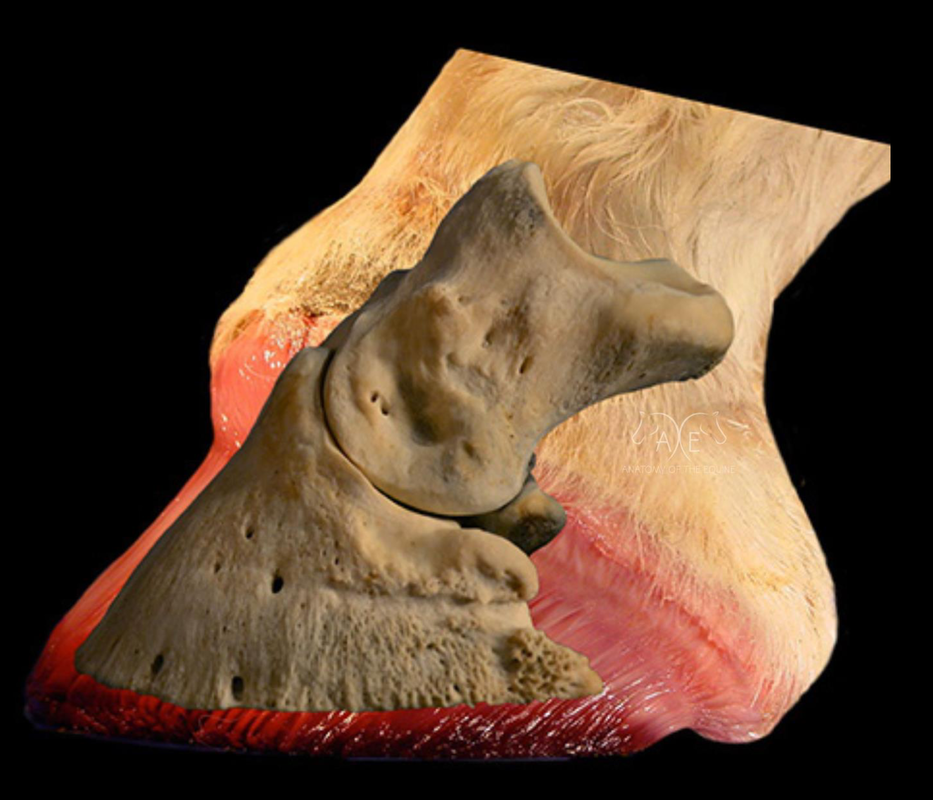
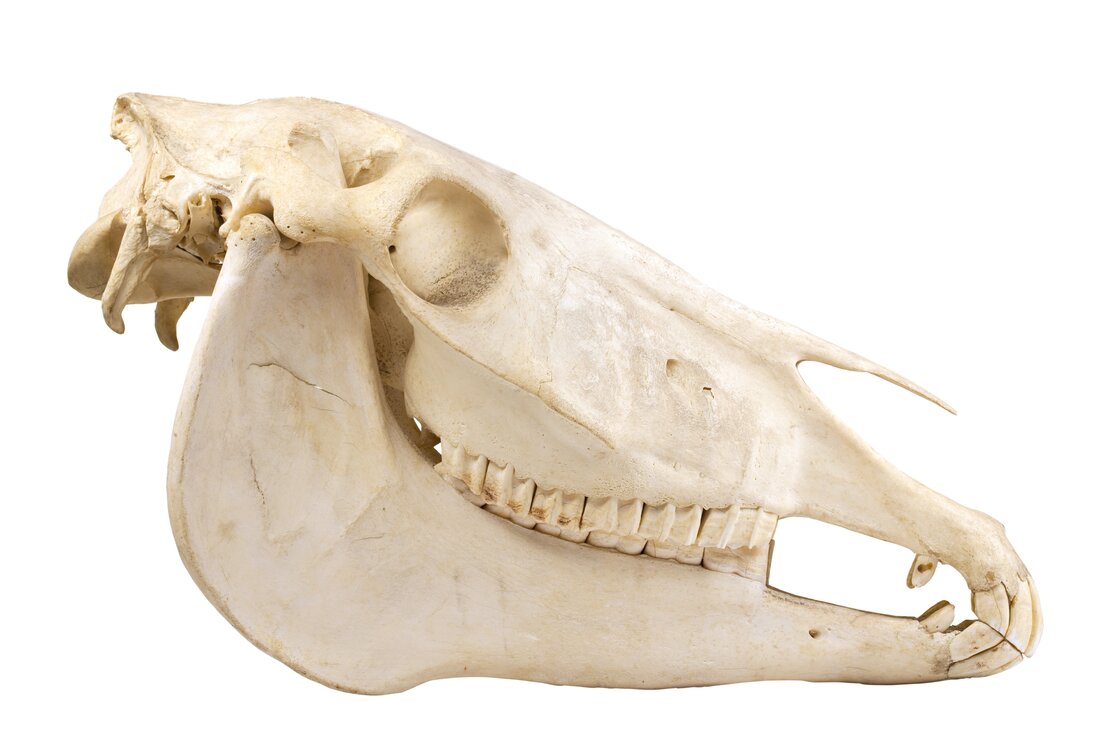
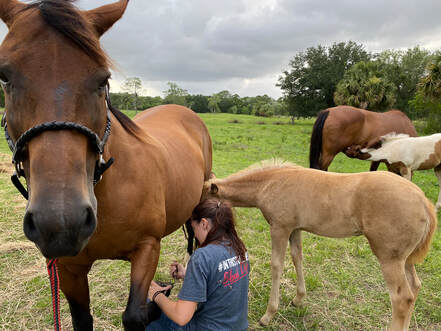
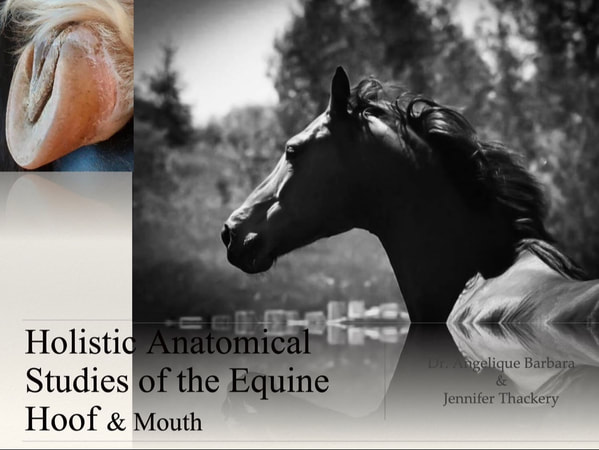
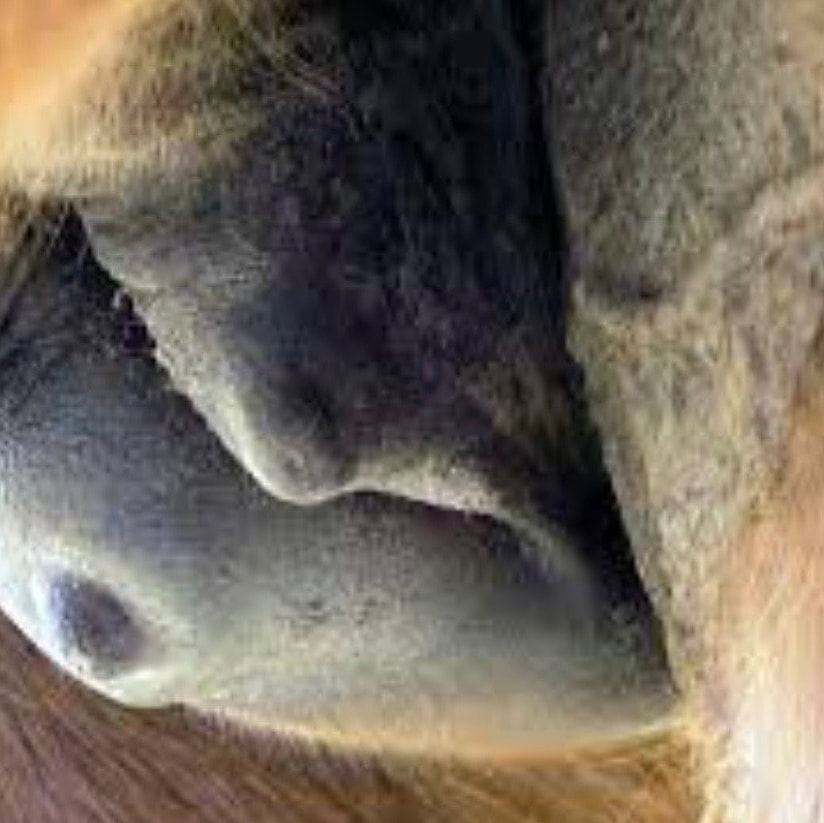
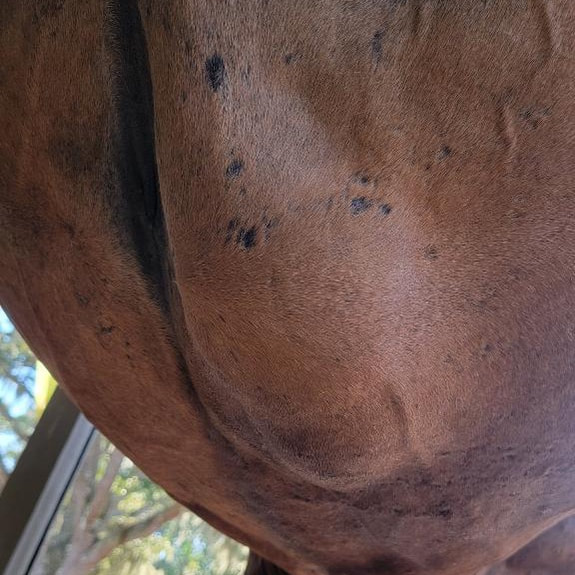
 RSS Feed
RSS Feed